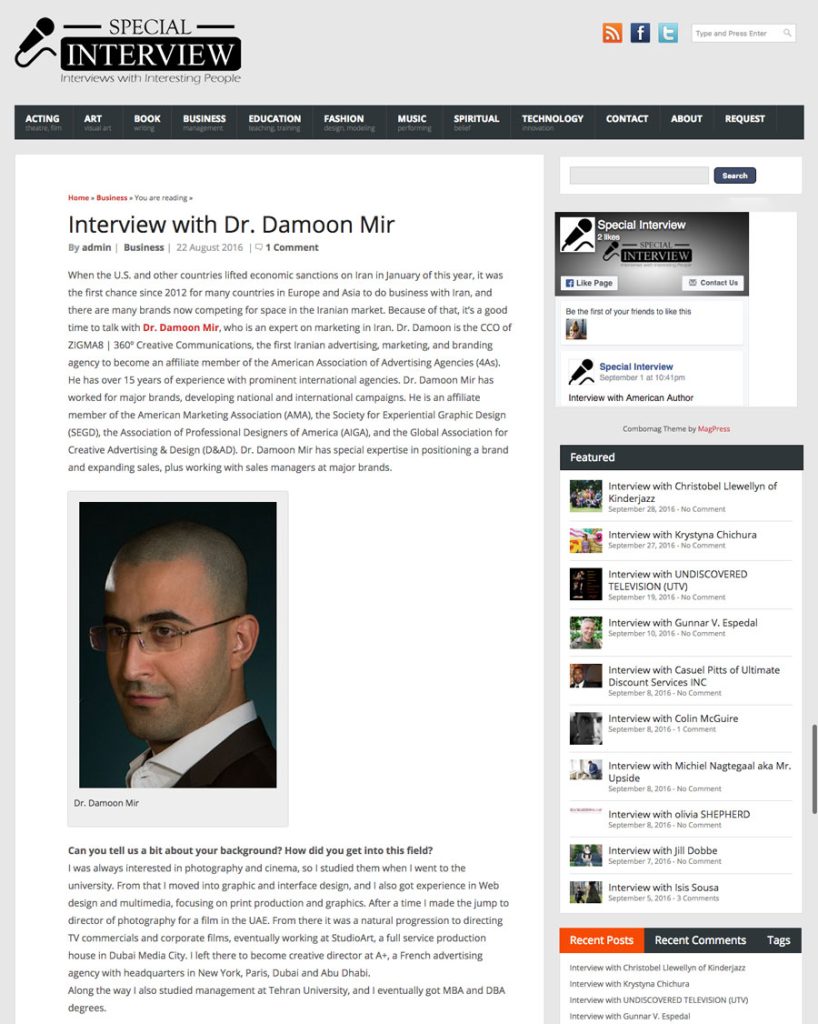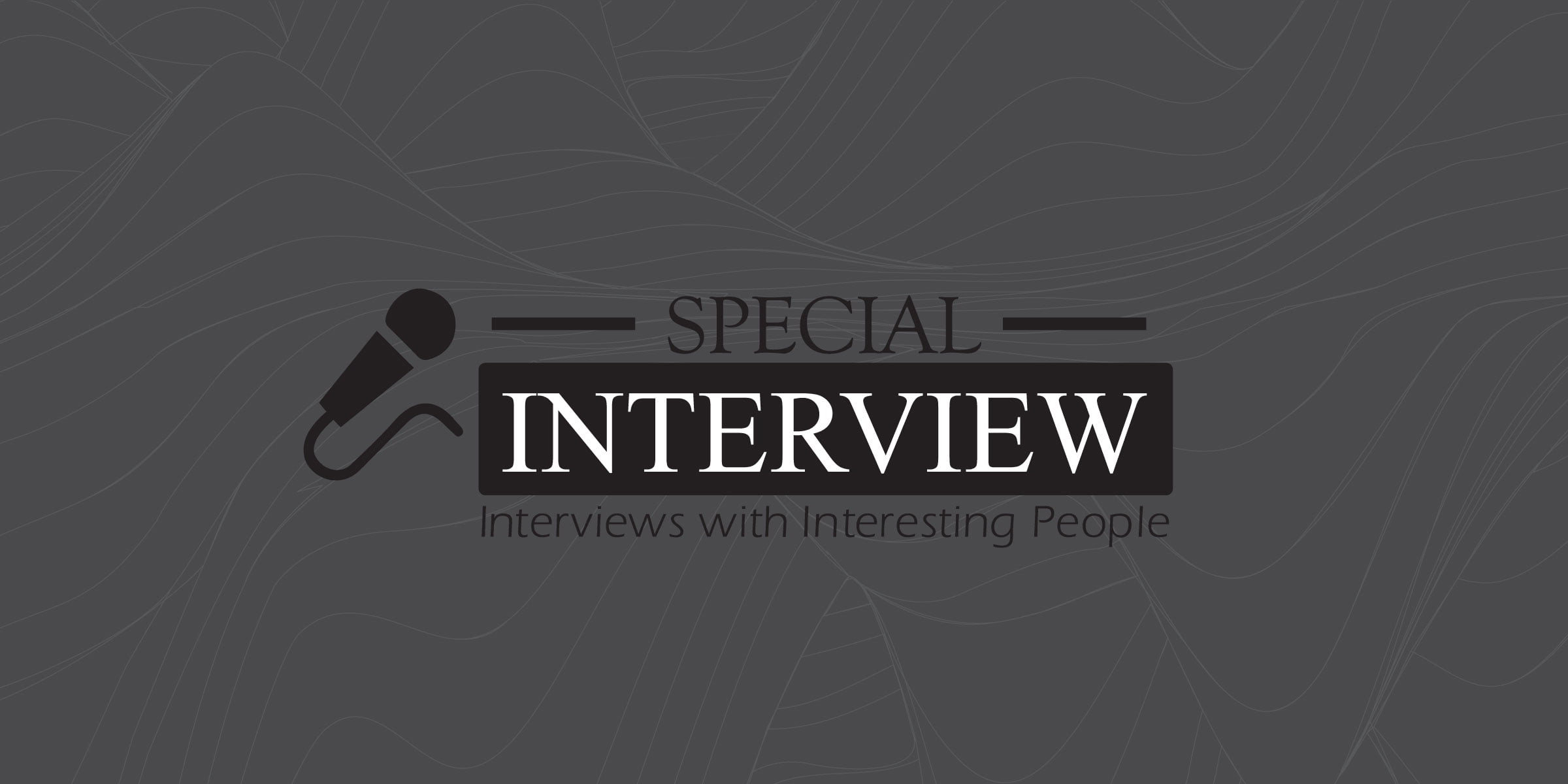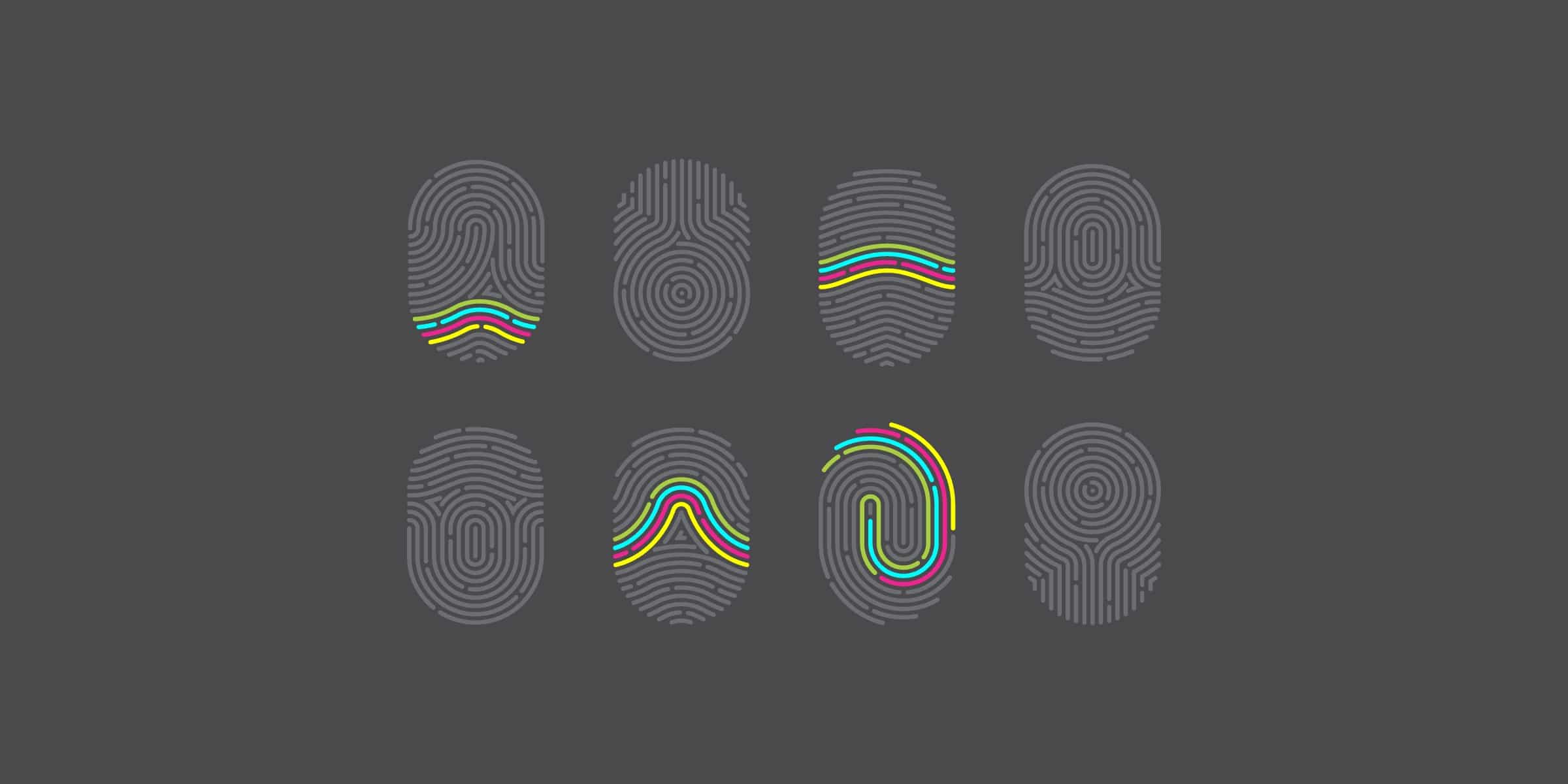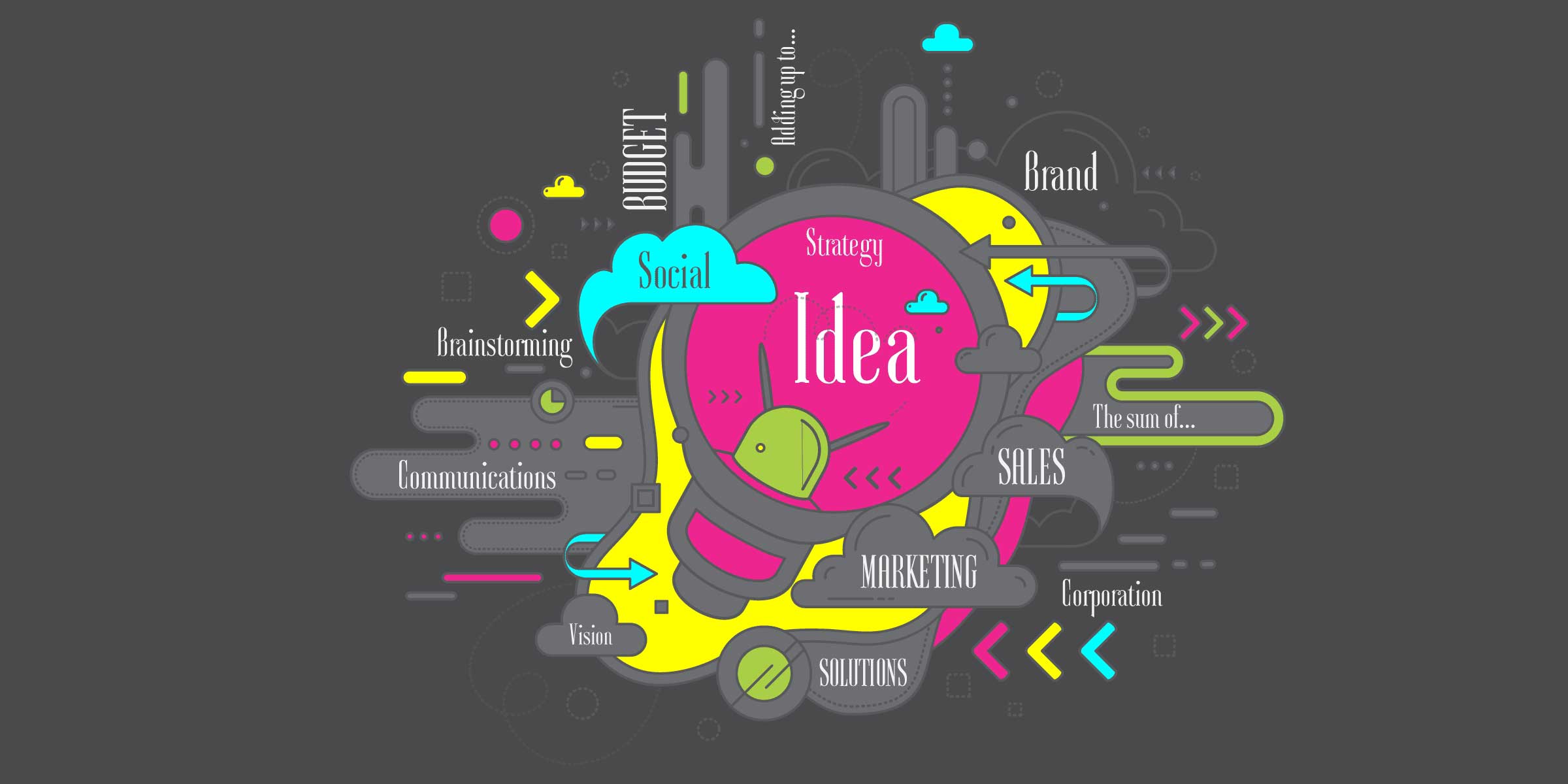When the U.S. and other countries lifted economic sanctions on Iran in January of 2016, it was the first chance since 2012 for many countries in Europe and Asia to do business with Iran, and there are many brands now competing for space in the Iranian market. Because of that, it’s a good time to talk with Dr. Damoon Mir, who is an expert on marketing in Iran. Dr. Damoon is the CCO of ZIGMA8 | 360º Creative Communications, the first Iranian advertising, marketing, and branding agency to become an affiliate member of the American Association of Advertising Agencies (4As). He has over 15 years of experience with prominent international agencies. Dr. Damoon Mir has worked for major brands, developing national and international campaigns. He is an affiliate member of the American Marketing Association (AMA), the Society for Experiential Graphic Design (SEGD), the Association of Professional Designers of America (AIGA), and the Global Association for Creative Advertising & Design (D&AD). Dr. Damoon Mir has special expertise in positioning a brand and expanding sales, plus working with sales managers at major brands.
Can you tell us a bit about your background? How did you get into this field?
I was always interested in photography and cinema, so I studied them when I went to the university. From that, I moved into graphic and interface design, and I also got experience in Web design and multimedia, focusing on print production and graphics. After a time I made the jump to director of photography for a film in the UAE. From there it was a natural progression to directing TV commercials and corporate films, eventually working at StudioArt, a full-service production house in Dubai Media City. I left there to become creative director at A+, a French advertising agency with headquarters in New York, Paris, Dubai, and Abu Dhabi.
Along the way, I also studied management at Tehran University, and I eventually got MBA and DBA degrees.

It sounds like you had a successful career working with major brands in the region. What made you decide to leave that and come back to Tehran?
It was great living in Dubai, staying at Palm Jumeira Island, and working in Dubai Media City and Emirates Towers; but each time I visited Tehran, saw the billboards in the city and watched the TV commercials, I would think, Whyam I not doing this in my home town? I didn’t even know who was doing this work, what the main agencies were, or how the work was getting done. I found out later, when I came back to Iran, who the major players were.
One day a gentleman came to my office in Emirates Towers and offered me the position of Creative Director and Senior Consultant to the CEO (which was himself) in his company. This was a semi private advertising company with major accounts in Iran.
Why did you decide to start Zigma8?
The main reason is that big advertising agencies in Iran are all media owners, and their focus is on selling media, not on providing clients with solutions for selling their products or services.I decided to start my own agency with the core idea that we would never be media owners, we would always serve clients first.
Do you prefer to work with big international brands or small local ones?
There are benefits to both. When I work with smaller companies and brands there is more flexibility for me to shape their identities and tell the brand story. The bigger brands are fun because they have bigger productions and wider exposure, and of course, bigger budgets.
What size brands does Zigma8 work with?
It’s really all sizes. I can’t abandon the local brands that I helped to create, but neither can I turn down the larger production budget of the big brands. The real focus of Zigma8 | 360º Creative Communications, however, is medium and small companies, which are more agile and have less bureaucracy. This results in a much more productive relationship and tangible results for the client and us.
Do you believe in using local artists/specialists for your projects?
When it comes to doing the best job for your client, there are no borders. In my fifteen years in this industry, I have built a network of experts from around the world, and I know exactly which people are the best ones for each project. I believe in gettingthe best people for the job, no matter where they live. Nowadays, all you need is an Internet connection, and you can have a team of people from around the world.
Most advertising campaigns in developing countries are local, and the agencies are content to work on that level. But you have chosen to work on international campaigns, and your acceptance into 4As shows this. Why have you gone this route?
Today’s technologies and the global use of the Internet have erased many differences in cultures, and in one sense the whole world is using the same language in advertising these days, with the only difference insome of the details. My philosophy is that when you communicate the right message to the right people, in the right place and time, it’s going to work no matter what the country or culture. And let’s not underestimate the audience — even ordinary citizens nowadays are really smart and can spot the differences in brands. I try to respect the perception of the average person, especially when I am dealing with brands that are new to the Iranian market.
How is digital technology affecting brands and businesses in Iran?
It is having the same impact as in the rest of the world. Digital marketing is growing very fast, especially with the widespread use of social media. The difference is that the average business in Iran is not aware of the importance of content, and they don’t understand how to use social media to broadcast valuable content. This is not a new story; it was the same for most medium or even large sized companies a few years ago when they had to learn about the importance of having a Website. Right now there is a wonderful opportunity for small and medium sized brands to overtake the big ones with strategic digital campaigns.
Is it difficult to advertise in Iran’s market, considering cultural complexities and legal limitations?
Yes, it is. As you mentioned, the cultural complexities in Iran and the legal limitations of the government make it challenging. On the other hand, the minds of our audience are not as crowded with brand messages as other audiences in the world, and in Iran, we are dealing with a market that is open to creative branding and advertising campaigns.
As the CEO of Zigma8, you develop not only the nuts and bolts of campaigns, but you also use your academic background and knowledge. How do you balance the two?
It’s not easy, but I’m able to do it because of my diverse background, which combines Art and Strategic Management (I have MBA and DBA degrees from the University of Tehran). Interestingly enough, my field of study was Mathematics, but in university, I switched to Art. I was fascinated by cinema and I studied that, but I also learned how to be a photographer, cinematographer, graphic designer, copywriter, TV commercial director, art director, and eventually, creative director. It took all of that experience and study to learn that what we really need in advertising and marketing is not more art and creativity, but an understanding of the audience for a product or service. Identify the audience: That is the key to a strategic plan for a successful advertising or branding campaign.
It is quite an accomplishment for an Iranian advertising agency to become an affiliate member of 4As (American association of Advertising Agencies), especially since many American agencies have not gained membership. So tell us, how did you do it?
This is where people underestimate Iran and the advertising and branding industry there. Of course, there are some areas where Iran cannot compare with the US or Europe, but in many areas, we can. The main issue for the advertising industry in Iran is the focus on traditional media, which is really expensive and sometimes eats up budgets. I discovered that 4As is a rich source of data that can be used in almost any kind of advertisin
g campaign, and I thought this would be a great advantage in the Iranian market, where they don’t have as much access to data. So, I prepared a presentation about the advertising and branding campaigns that we had worked on. After they saw the scale and standard of our work, and after lots of discussions with the experts at 4As, they accepted us as an affiliate international member.
Thank you, Dr. Damoon, for giving us your insights into the advertising and branding field in Iran.
Thank you.









